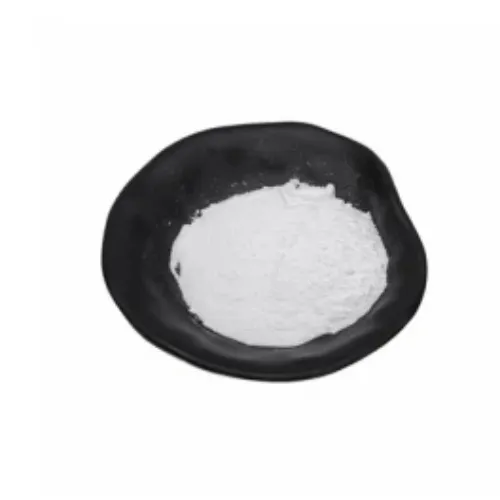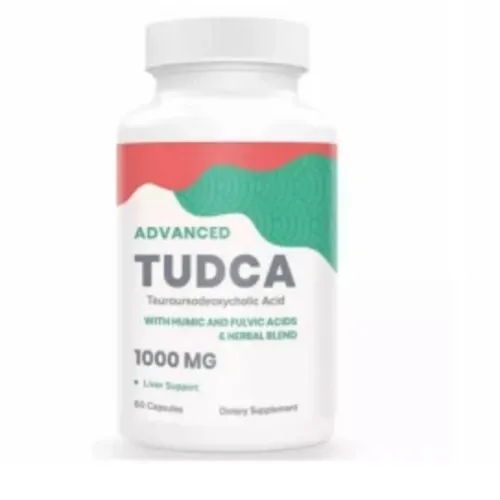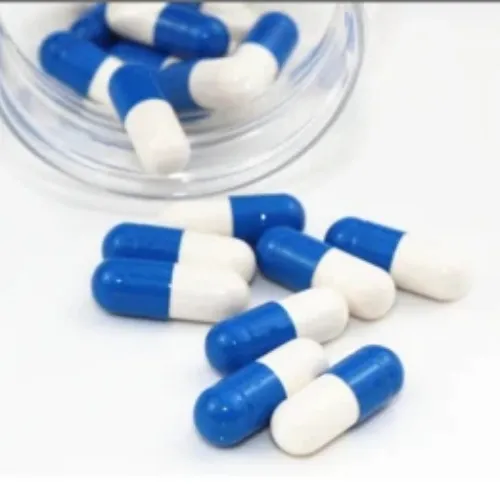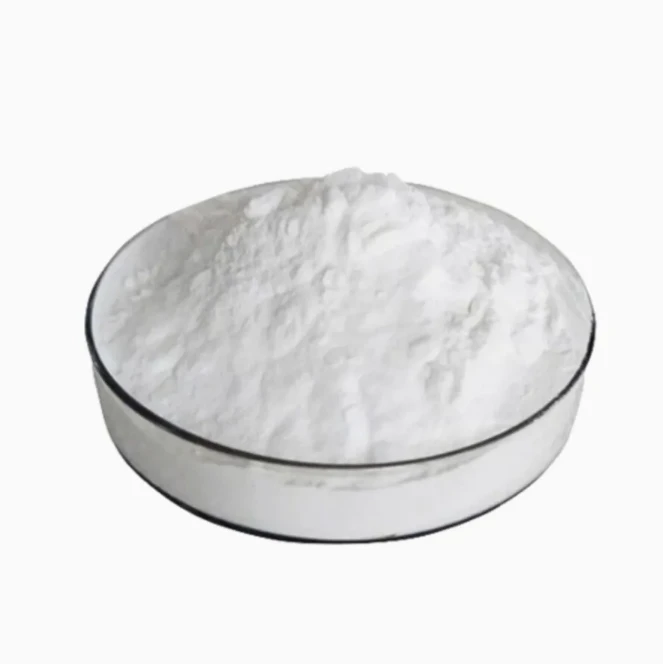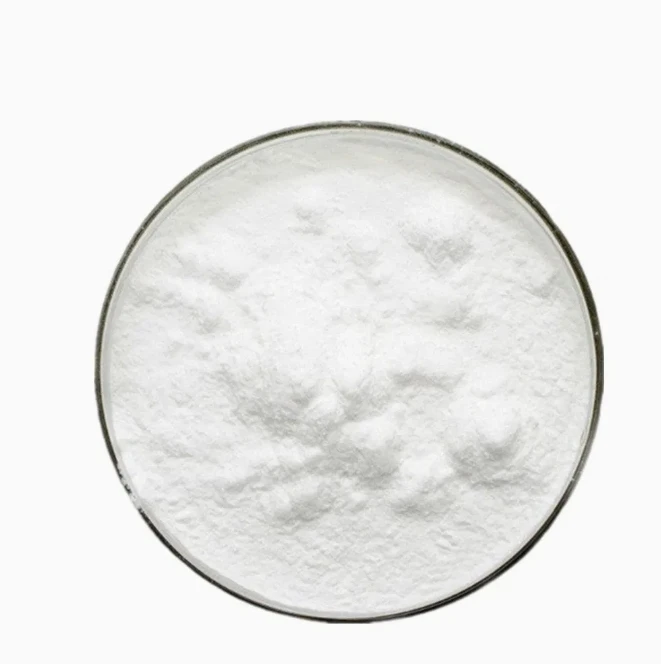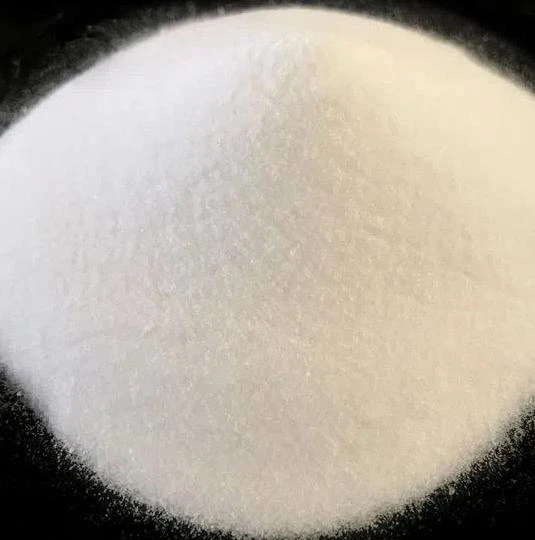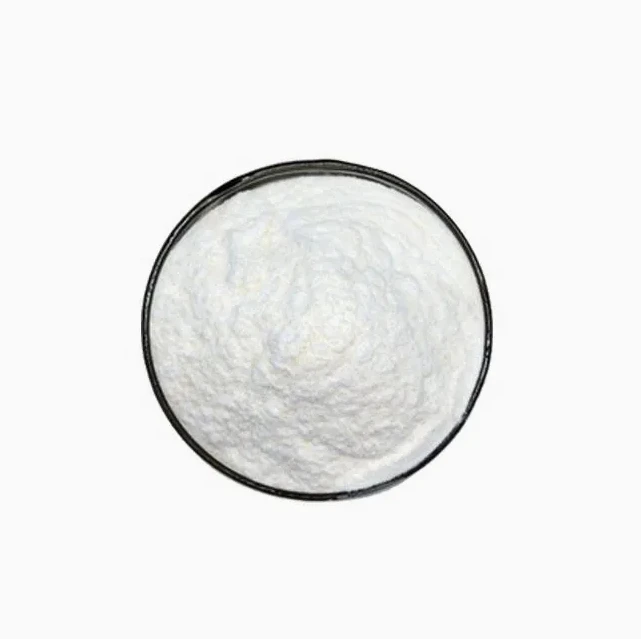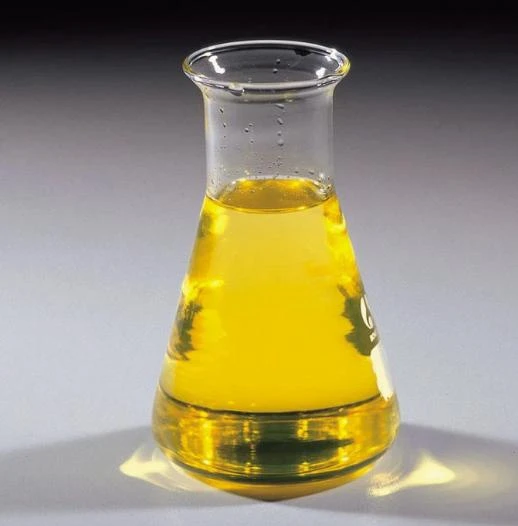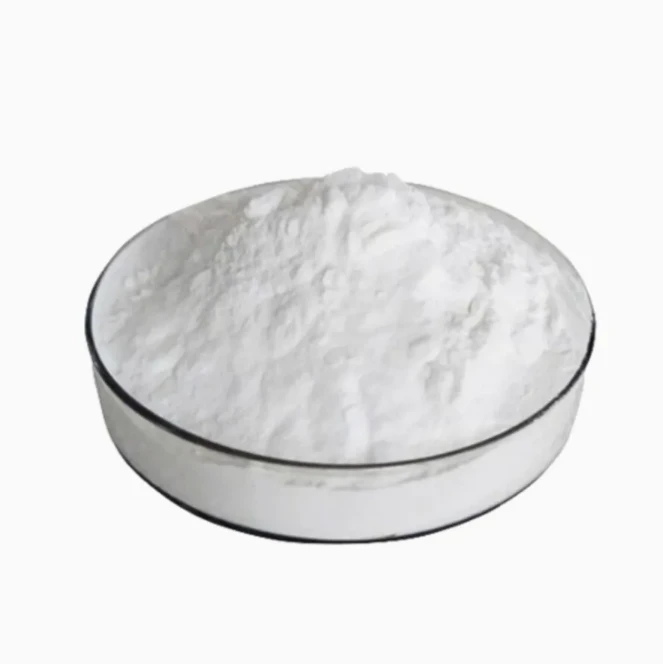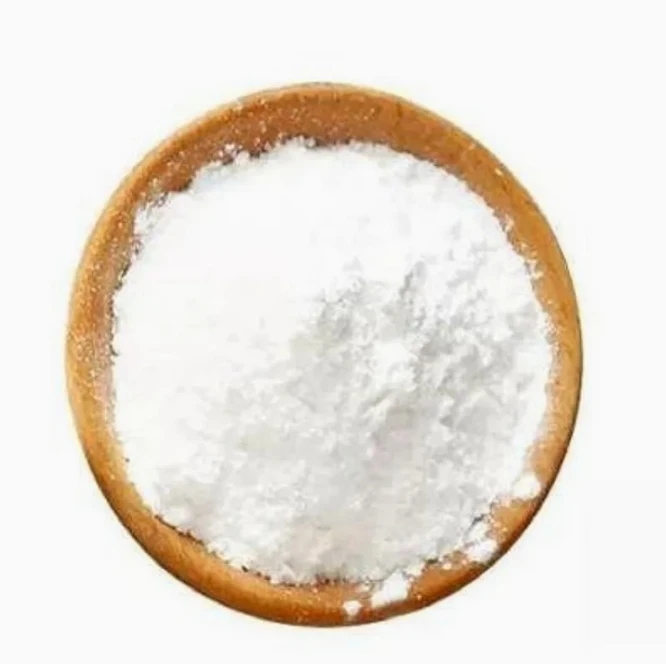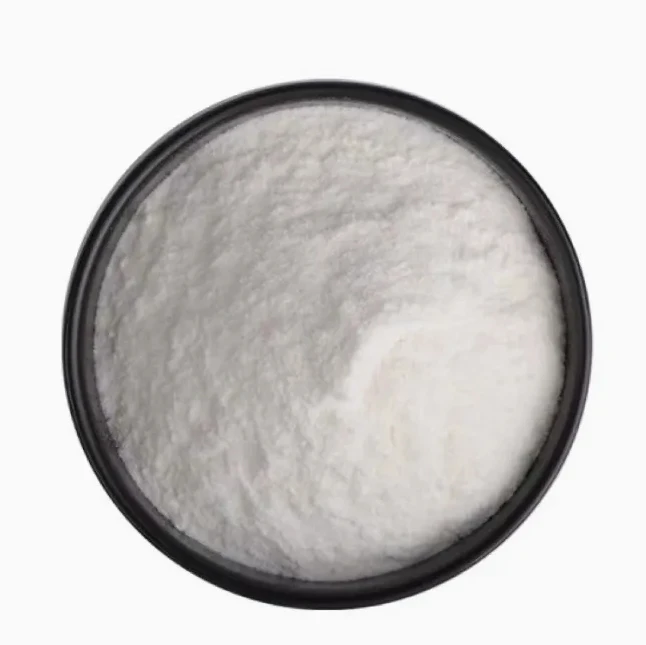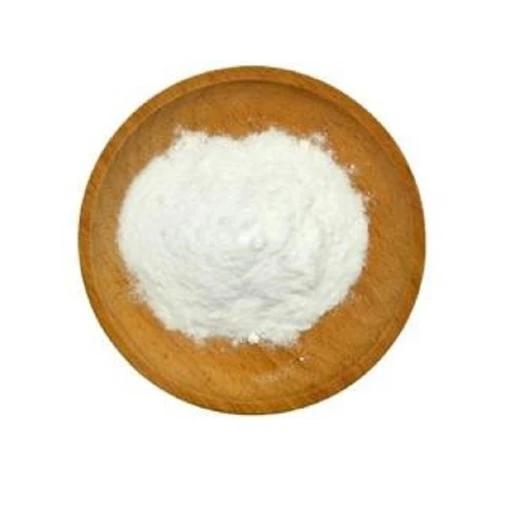 電子郵件: sale@hebeidisha.com
電子郵件: sale@hebeidisha.com
 電話: +86 13315186550
電話: +86 13315186550
- 非洲人
- 阿爾巴尼亞語
- 阿姆哈拉語
- 阿拉伯
- 亞美尼亞語
- 亞塞拜然語
- 巴斯克
- 白俄羅斯語
- 孟加拉
- 波士尼亞語
- 保加利亞語
- 加泰隆尼亞語
- 宿霧語
- 中國
- 中國(台灣)
- 科西嘉島
- 克羅埃西亞語
- 捷克語
- 丹麥語
- 荷蘭語
- 英語
- 世界語
- 愛沙尼亞語
- 芬蘭
- 法語
- 弗里斯蘭語
- 加利西亞語
- 喬治亞語
- 德文
- 希臘文
- 古吉拉特語
- 海地克里奧爾語
- 豪薩
- 夏威夷人
- 希伯來文
- 沒有
- 苗族
- 匈牙利
- 冰島的
- 伊博語
- 印尼
- 愛爾蘭語的
- 義大利語
- 日本人
- 爪哇語
- 卡納達語
- 哈薩克語
- 高棉語
- 盧安達
- 韓國人
- 庫德
- 吉爾吉斯斯坦
- 結核病
- 拉丁
- 拉脫維亞語
- 立陶宛語
- 盧森堡語
- 馬其頓語
- 馬爾加什
- 馬來語
- 馬拉雅拉姆語
- 馬爾他語
- 毛利人
- 馬拉地語
- 蒙
- 緬甸
- 尼泊爾語
- 挪威
- 挪威
- 奧克語
- 普什圖語
- 波斯語
- 拋光
- 葡萄牙語
- 旁遮普語
- 羅馬尼亞語
- 俄文
- 薩摩亞人
- 蘇格蘭蓋爾語
- 塞爾維亞
- 英語
- 紹納語
- 信德語
- 僧伽羅語
- 斯洛伐克語
- 斯洛維尼亞語
- 索馬利亞
- 西班牙語
- 巽他語
- 斯瓦希里語
- 瑞典
- 他加祿語
- 塔吉克
- 泰米爾語
- 韃靼人
- 泰盧固語
- 泰國
- 土耳其
- 土庫曼語
- 烏克蘭
- 烏爾都語
- 維吾爾
- 烏茲別克語
- 越南語
- 威爾斯語
- 幫助
- 意第緒語
- 約魯巴語
- 祖魯語
Tauroursodeoxycholic acid (TUDCA) is an ambiphilic bile acid. It is the taurine conjugate form of ursodeoxycholic acid (UDCA). Humans are found to have trace amounts of TUDCA. Ongoing research is finding TUDCA has diminishing apoptotic effects, with potential application in heart disease, Huntington's disease, Parkinson's disease, amyotrophic lateral sclerosis and stroke. Recently, TUDCA has been found to have protective effects in the eye, especially concerning retinal degenerative disorders.
產品展示

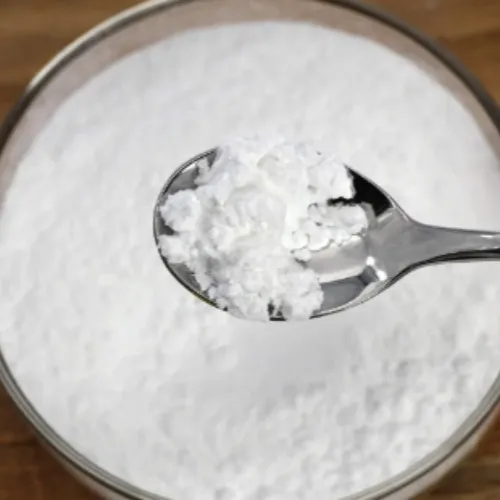
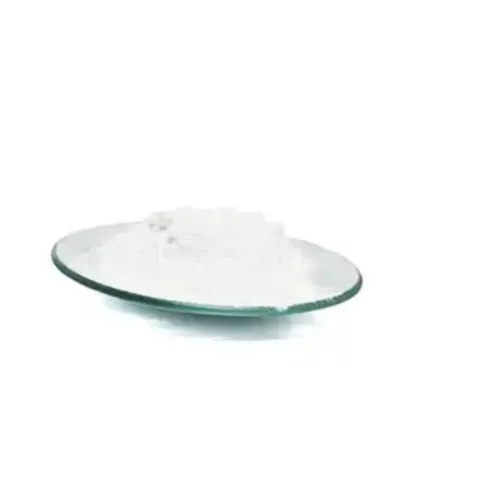
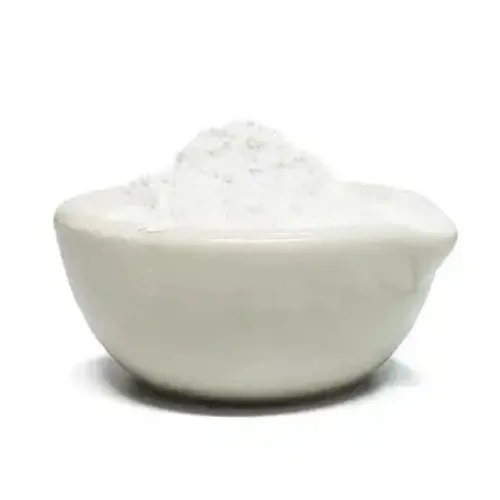
1.Product name: TUDCA
2.Purity: 99%
3.Appearance: White or off-white crystalline powder
4.CAS No.: 14605-22-2
5.Molecular formula:C26H45NO6S
6.Test Method: HPLC
7.Introduction:
Tauroursodeoxycholic Acid (TUDCA) is a liver aid. It looks like a good resource for preventing cholestasis, one of the major risks with 17 alkylated steroids.
Tauroursodeoxycholic Acid (TUDCA) is an ambiphilic bile acid. It is the taurine conjugate form of ursodeoxycholic acid (UDCA). Humans are found to have trace amounts of TUDCA. However, bears contain large amounts of TUDCA in their bile.
TUDCA has diminishing apoptotic effects, helping with cardiac function, Huntington's disease, Parkinson's Disease, and stroke. Recently, TUDCA has been found to have protective effects in the eye, especially concerning retinal degenerative disorders.
- TUDCA is mainly used in patients with sterol gallstones, cholestatic liver diseases (e.g.: primary biliary cirrhosis), bile reflux gastritis, autoimmune hepatitis (AIH), primary biliary cirrhosis (PBC), primary sclerosing cholangitis (PSC), chronic hepatitis (hepatitis B and C, etc.), alcoholic fatty liver disease, non-alcoholic fatty liver disease, drug-induced liver damage, pre - and post liver transplantation prophylaxisChemotherapy complications, and so on.
TUDCA is mainly used in a variety of neurodegenerative diseases, such as Alzheimer's disease, Parkinson's disease and Huntington's disease, it can be used as a mitochondrial stabilizer and anti apoptosis agent.
3. TUDCA can be used as lipase accelerant, anion remover, protein dissolver and bacterial culture medium.
我們擁有許多深度合作的優質工廠,可以為您提供高品質的產品和有競爭力的價格。並且我們還可以對大量採購給予折扣。確認付款後,交貨時間約 3-20 天。
|
Items |
標準 |
結果 |
|
Physical Analysis |
||
|
Description |
White Powder | 符合 |
|
測定 |
99% | 符合 |
|
Mesh Size |
100 % pass 80 mesh | 符合 |
|
灰 |
≤ 5.0% | 2.85% |
|
乾燥失重 |
≤ 5.0% | 2.65% |
|
Chemical Analysis |
||
|
Heavy Metal |
≤ 10.0 mg/kg |
符合 |
|
鉛 |
≤ 2.0 mg/kg |
符合 |
|
作為 |
≤ 1.0 mg/kg | 符合 |
|
Hg |
≤ 0.1mg/kg | 符合 |
|
Microbiological Analysis |
||
|
Residue of Pesticide |
消極的 | 消極的 |
|
總平板計數 |
≤ 1000cfu/g | 符合 |
|
Yeast&Mold |
≤ 100cfu/g | 符合 |
|
E.coil |
消極的 |
消極的 |
|
沙門氏菌 |
消極的 |
消極的 |
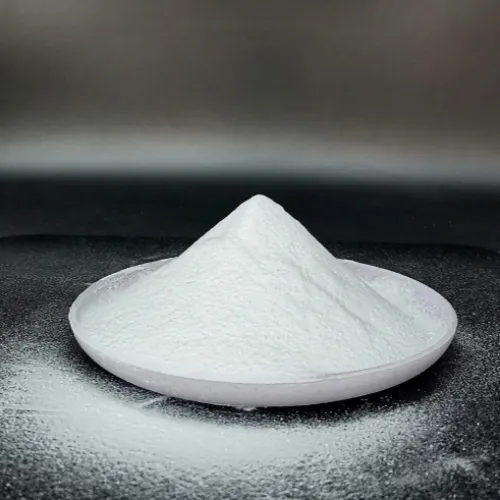
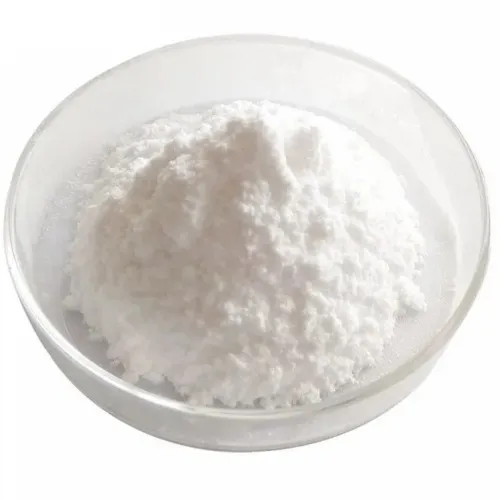
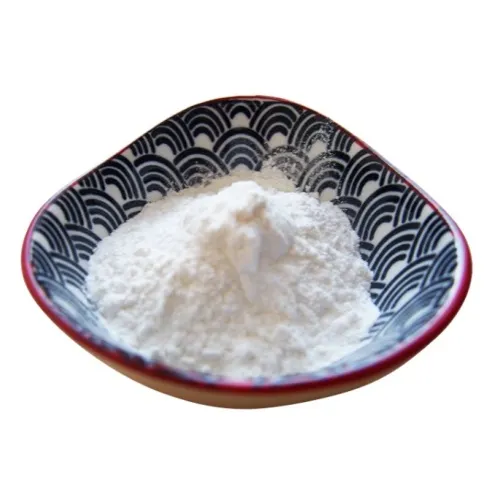

Taurodeoxycholic acid is a bile salt formed in the liver by conjugation of deoxycholate with taurine, usually as the sodium salt. Bile acids are steroid acids found predominantly in the bile of mammals. The distinction between different bile acids is minute, depending only on the presence or absence of hydroxyl groups on positions 3, 7, and 12. Bile acids are physiological detergents that facilitate excretion, absorption, and transport of fats and sterols in the intestine and liver. Bile acids are also steroidal amphipathic molecules derived from the catabolism of cholesterol. They modulate bile flow and lipid secretion, are essential for the absorption of dietary fats and vitamins, and have been implicated in the regulation of all the key enzymes involved in cholesterol homeostasis. Bile acids recirculate through the liver, bile ducts, small intestine and portal vein to form an enterohepatic circuit. They exist as anions at physiological pH and, consequently, require a carrier for transport across the membranes of the enterohepatic tissues. The unique detergent properties of bile acids are essential for the digestion and intestinal absorption of hydrophobic nutrients. Bile acids have potent toxic properties (e.g. membrane disruption) and there are a plethora of mechanisms to limit their accumulation in blood and tissues Taurodeoxycholic acid can be found in Escherichia
產品類別
